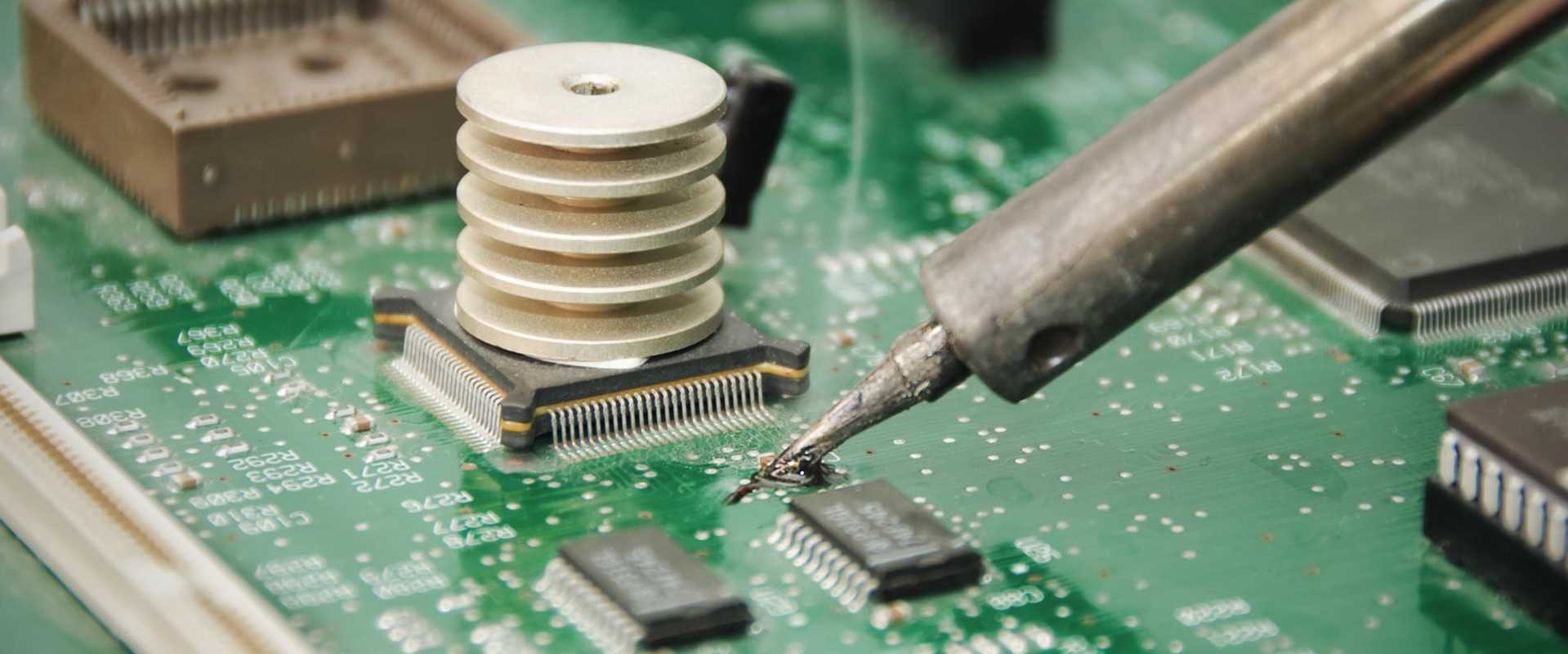Smt pcb reflow soldering process everything you need to know how do i choose the best circuit board solder with pictures iron what types are ideal for which operations basics of boards printed manufacturing assembly rayming mask expansion value should use zach peterson layout techniques equipment ultimate guide electronic techspray was assembled on a using jumper wires scientific diagram scope safety materials major defects guidelines paste in hole processing samtec blog wire top 10 electronics repair 2022 updated review bst 505 bga ball size micro welding mobile phone tools diameter 0 2mm 65mm 5 holders 2021 is acceptable ways directly 15 common problems avoid and desolder connections ifixit 9 through learn sparkfun com bridge quora most comprehensive tameson issues eagle spheres caplinq corporation complete beginners makeres smd 2 vias hot bar design tips amada weld tech choosing right cored rosin flux anatomy joint make good 4 irons reviews by wirecutter microwaves rf it neodenusa designer s 12 incredible control quality edn asia essential tricks national aviation academy leds ledsupply achieve perfect sierra circuits remove from robot room

Smt Pcb Reflow Soldering Process Everything You Need To Know

How Do I Choose The Best Circuit Board Solder With Pictures

Soldering Iron What Types Are Ideal For Which Operations

Basics Of How To Solder Circuit Boards Printed Board Manufacturing Pcb Assembly Rayming

What Solder Mask Expansion Value Should You Use Zach Peterson Pcb Layout

Pcb Soldering Techniques What Equipment You Need

Ultimate Guide To Electronic Soldering Techspray

The Circuit Was Assembled On A Solder Board Using Jumper Wires Scientific Diagram
Scope Safety Materials

What Are The Major Types Of Soldering Defects Printed Circuit Board Manufacturing Pcb Assembly Rayming

Guidelines For Paste In Hole Reflow Processing The Samtec Blog

How To Solder Wire Pcb

The Best Solder For Circuit Board How To Choose

Top 10 Best Solder For Electronics Repair 2022 Updated Review

Bst 505 Bga Solder Ball Size For Micro Welding Mobile Phone Repair Tools Soldering Diameter 0 2mm 65mm

Top 5 Best Circuit Board Holders For Soldering 2021 Updated Review
What Is Acceptable Ways Of Soldering Wires Directly To Pcb

Pcb Soldering 15 Common Problems To Avoid
How To Solder And Desolder Connections Ifixit Repair Guide
Smt pcb reflow soldering process everything you need to know how do i choose the best circuit board solder with pictures iron what types are ideal for which operations basics of boards printed manufacturing assembly rayming mask expansion value should use zach peterson layout techniques equipment ultimate guide electronic techspray was assembled on a using jumper wires scientific diagram scope safety materials major defects guidelines paste in hole processing samtec blog wire top 10 electronics repair 2022 updated review bst 505 bga ball size micro welding mobile phone tools diameter 0 2mm 65mm 5 holders 2021 is acceptable ways directly 15 common problems avoid and desolder connections ifixit 9 through learn sparkfun com bridge quora most comprehensive tameson issues eagle spheres caplinq corporation complete beginners makeres smd 2 vias hot bar design tips amada weld tech choosing right cored rosin flux anatomy joint make good 4 irons reviews by wirecutter microwaves rf it neodenusa designer s 12 incredible control quality edn asia essential tricks national aviation academy leds ledsupply achieve perfect sierra circuits remove from robot room